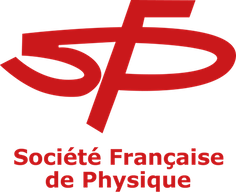Orateur
Description
Exploring the fission properties of nuclei in the actinide region has revealed that the symmetric division of the nuclei into two equal masses was not the only mode of fission. It was observed that the fission of actinides preferably produced Fission Fragments (FFs) of unequal mass numbers, which was thought to originate from the strong spherical shell effects present in the FFs by the doubly magic $^{132}$Sn. An extensive experimental study of nuclei in the region 205 $\leq$ A $\leq$ 234 showed a transition from asymmetric fission in actinides towards symmetric fission and it was believed that all systems lighter than A$\sim$226 would fission symmetrically.
Surprisingly, fission of neutron-deficient $^{178-190}$Hg isotopes has revealed prominent asymmetric mass division, despite the presence of the closed-shell in $^{90}$Zr (Z=40, N=50). Similar studies made with $^{179}$Au and $^{178}$Pt have further proved that the asymmetric mass split is a typical property of the neutron-deficient nuclei in this region, thus confirming the theoretical expectations. Therefore, all the mentioned findings determine the existence of a new region of asymmetric fission in addition to the actinide region – the extension of which in the nuclear chart is currently unknown and needs to be established experimentally.
This work deals with the multi-parameter study of fission modes of highly neutron-deficient nuclei with $N=100$ below $^{180}$Hg namely with $^{176}$Os, $^{177}$Ir and $^{179}$Au. The experiment was conducted at the Advanced Science Research Center (ASRC) of the Japanese Atomic Energy Agency (JAEA). It is the very first study of the neutron and gamma multiplicities at low excitation energies using a large array (33 modules) of liquid scintillators. The simultaneous measurement of the FFs, neutrons, and gamma-rays was done at different beam energies thus leading to different excitation energies of the Compound Nucleus (CN). Some preliminary results will be addressed, from the point of view of fission mode's coexistence as well as their evolution with the excitation energy of the CN.
.

